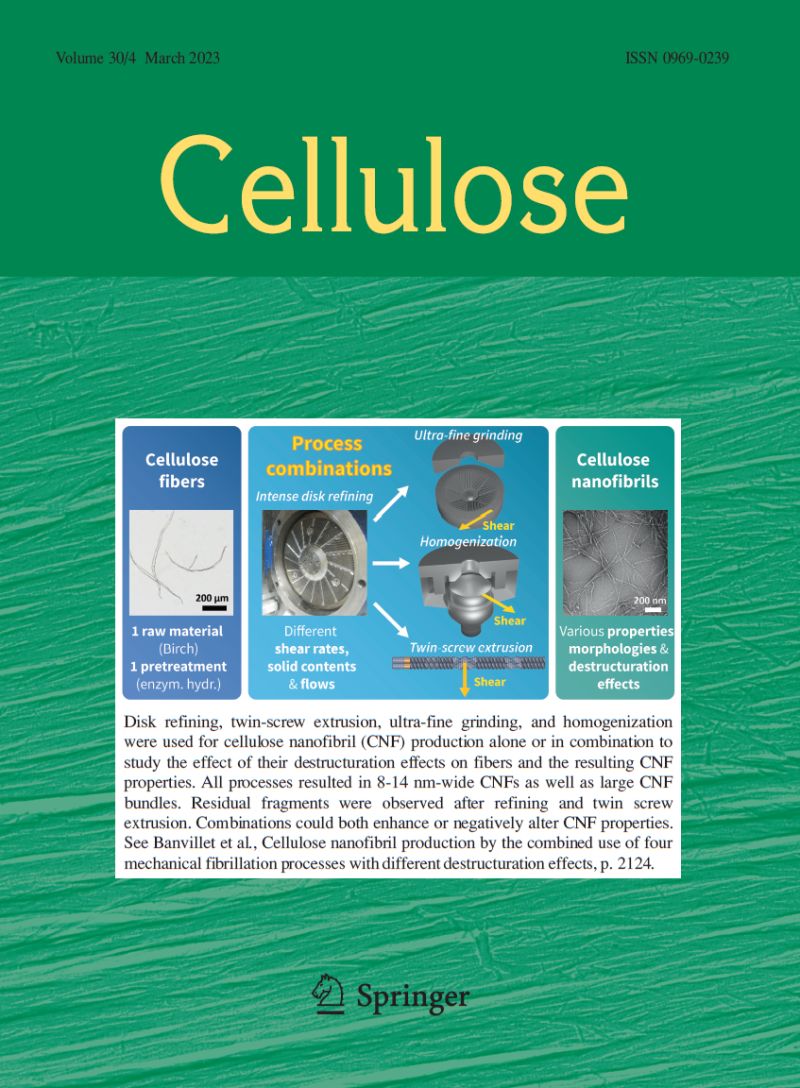Structure and properties of spun-dyed lyocell fibers based on indigo dye
Abstract
Spun-dyed lyocell fibers were prepared by mixing cellulose pulp with an indigo dye dispersion and subsequent spinning. The indigo dye dispersion was obtained by adding leuco indigo to N-methylmorpholine-N-oxide (NMMO) solution. The particle size of the indigo dye was controlled by adjusting the dispersion conditions. Furthermore, the application of ball milling resulted in a reduced average dye particle size of 222.3 nm. The structure and properties of the fibers were characterized using Fourier transform infrared spectroscopy, X-ray diffraction, scanning electron microscopy, and strength testing. Indigo dye particles were distributed in the interior and surface of the fibers. Relative to the undyed fiber, the crystal structure of the colored fibers was unchanged, but the crystallinity and mechanical properties improved. The color strength and color fastness of the spun-dyed lyocell fibers were assessed according to industry standards. Increasing the dye content and reducing the dye particle size (via ball milling) increased the color strength of the fibers, and the color fastness to sun and soap washing was high (Gray card grade 5). Additionally, the dye did not diffuse into the spinning coagulation bath and thus did not affect the recovery of NMMO solvent. The present study demonstrates a viable strategy for preparing spun-dyed lyocell fibers.
Graphical abstract


 求助内容:
求助内容: 应助结果提醒方式:
应助结果提醒方式:


